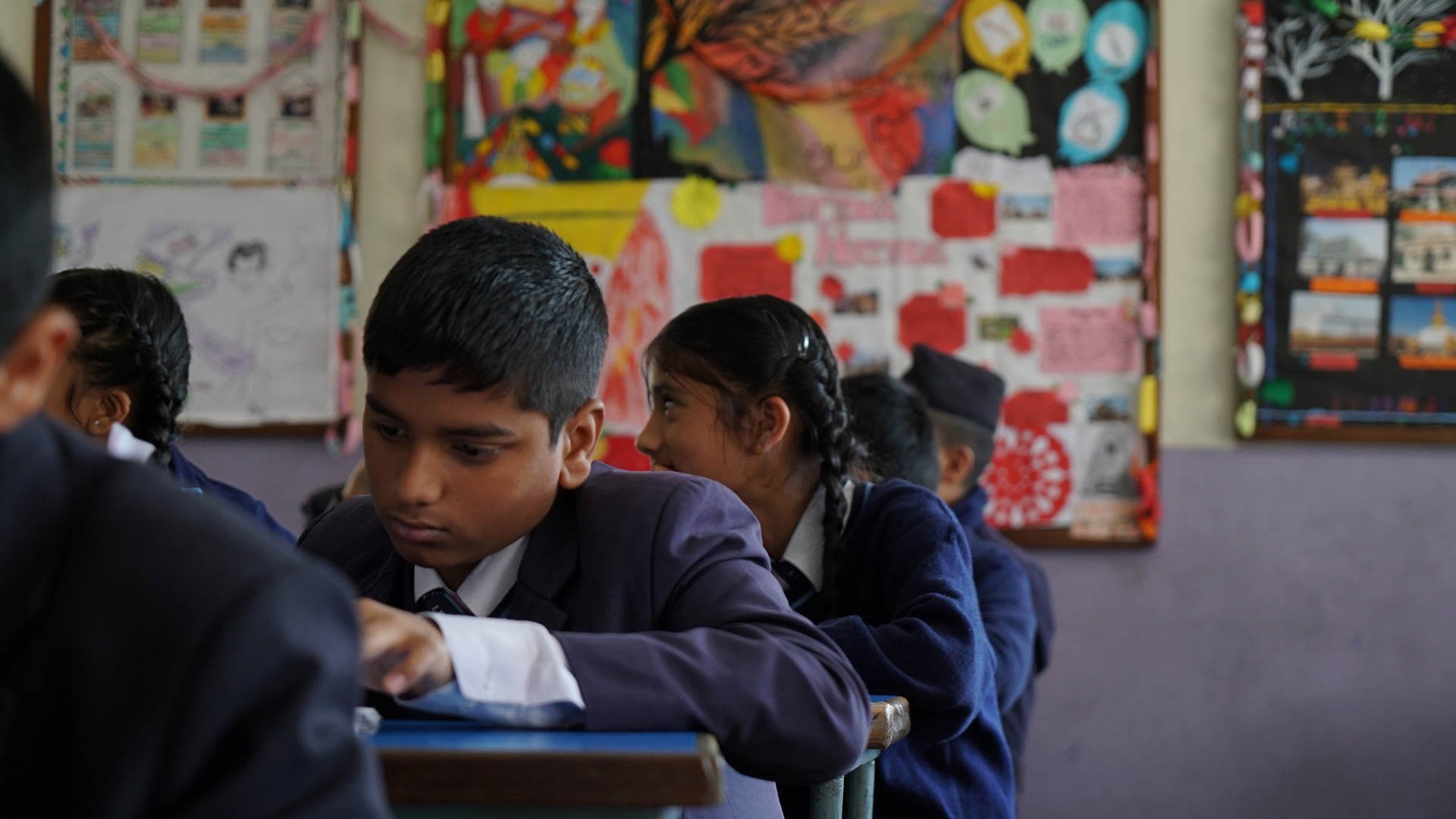LanguageNepal

Language / Nepal
Story by Ben Mussett, Hina Imam, Braela Kwan and Alison St. Pierre
What is lost when a language disappears? For Indigenous communities it means traditional knowledge, culture, rituals and history can disappear. According to UNESCO, it’s estimated that more than a third of Nepal's 131 languages are at risk of extinction. In most schools, Nepalese children learn Nepali and English. But there is a push from communities to get some of the country’s Indigenous languages taught in classrooms.
The Global Reporting Program travelled to Nepal in December 2019 to speak with the parents, educators, and advocates fighting for Indigenous languages to be part of local curriculums. This summer, the team followed up to find out how families were navigating school during COVID-19 lockdowns and discovered that there had been some surprising developments for Indigenous language learners. Our story begins at a cultural festival in Kathmandu’s Om Bahal neighbourhood.